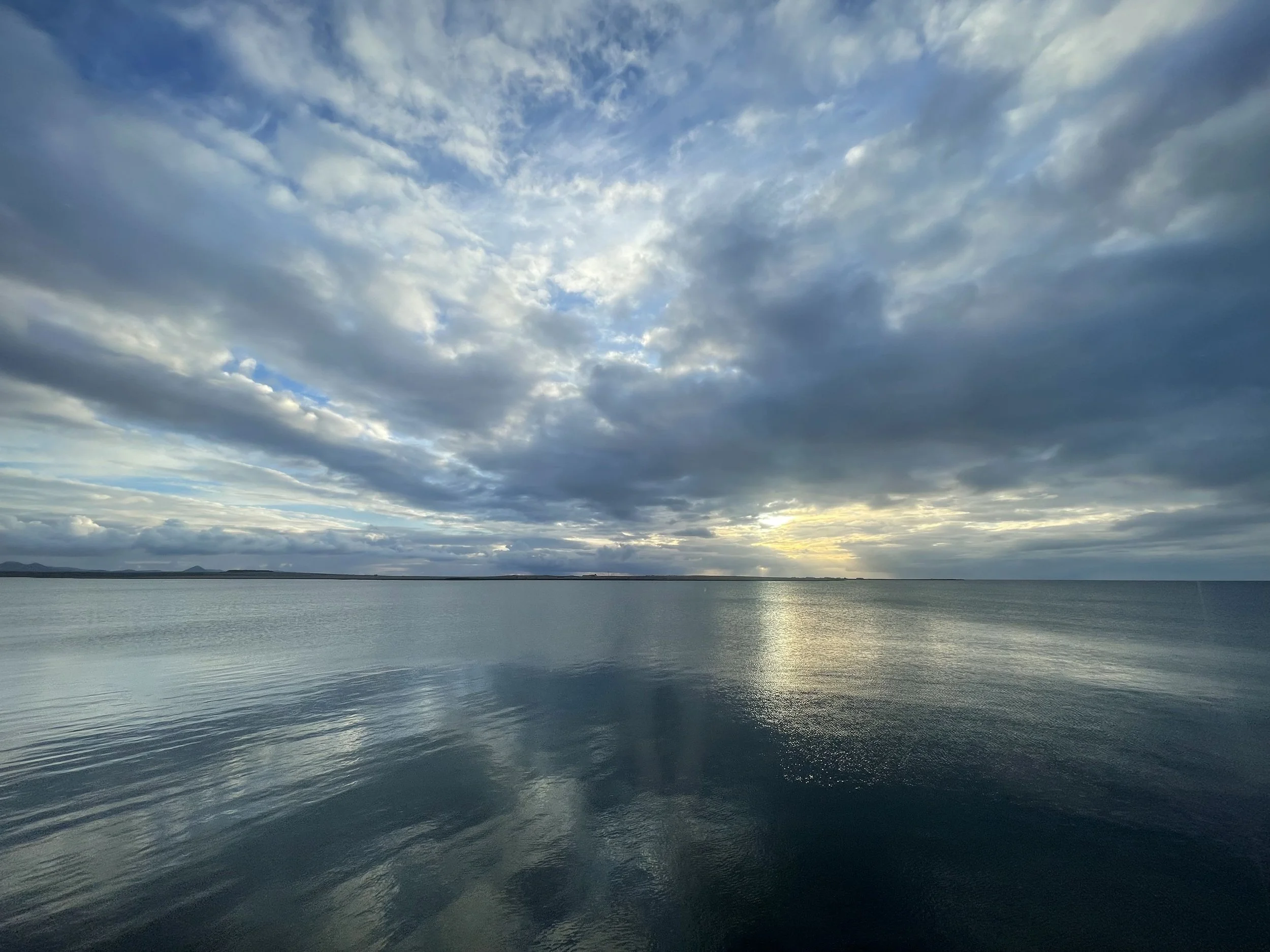The December 15 issue will explore all sorts of issues, a practice we’ll continue every other month in 2012 (February, April, June, August, October, and December). These ‘even’ month issues will continue to feature news and reports, interfaith opportunities, major events, and religious calendars.
It is 1 a.m., 37 degrees. Between two noisy bars, twelve people are trying to sleep in their tents, four more are drinking coffee and holding watch. We talk to drunks as they pass by; sometimes we find allegiance that may or may not be remembered in the morning, and sometimes we just bore potential attackers into docility by inviting them to explain their politics. Tent-kickers are rarely brave enough to kick a person, and “Get a job!” is easily answered by “I have two, but unemployment in North Carolina is over ten percent.” This is the Occupation of Chapel Hill. It is the morning of Halloween.
All of Heckman’s categories deserves attention and will find their way into The Interfaith Observer. Before concluding this overview, though, consider one other category – “Social issue(s) and action groups.” Dozens of social justice causes – immigration rights, the death penalty, economic reform, environmental responsibility, peace in the Middle East, and many more – organize as interfaith nonprofits.
In last month’s TIO, Marcus Braybrooke wrote a brief history of the interfaith movement since 1893. He tells how major interfaith organizations emerged in the twentieth century, starting with the International Association for Religious Freedom (IARF), whose roots go back to 1900. The World Congress of Faiths, celebrating its 75th birthday this year, was the first established organization to invite all people of faith and practice to a shared table of dialogue in the “spirit of fellowship.” Both IARF and the Congress remain active international organizations, a tribute to the resilience of their hope for a happier religious future.
DOHA, Qatar — Hundreds of Muslim, Christian and Jewish leaders from over 50 countries gathered in Qatar’s capital city this week to discuss the intersection of social media and religion at the 9th Doha Conference of Inter-faith Dialogue, a three-day affair which concluded on Wednesday October 26.
The big idea for the Interfaith Youth Core (IFYC) came to our leading founder Eboo Patel in 1998 when he was at an interfaith conference at Stanford University. He and a small group of his peers realized they were the only young people at the conference, and their conversation turned to two questions.
The Council for a Parliament of the World’s Religions (CPWR) history begins with the 1893 World’s Parliament of Religions, part of the World’s Columbian Exposition in Chicago. This first formal gathering of representatives from Eastern and Western spiritual traditions is recognized today as the birth of the modern interreligious movement.
The Temple of Understanding was founded in 1960 by a pioneering visionary, Juliet Hollister. With the help of Eleanor Roosevelt’s introductory letters, Juliet traveled the world to seek endorsement from heads of state and religious leaders. The TOU convened Spiritual Summits abroad (Calcutta 1968; Geneva 1970) of high level religious leaders and at prominent universities: Harvard (’71), Princeton, (’71), Cornell (’74). Mrs. Roosevelt encouraged the TOU to become accredited as a Non-Governmental Organization (NGO) with the United Nations.
On October 19, the Temple of Understanding in New York City brought together leaders of international interfaith organizations and other eminent visionaries. Their mandate was to form an advisory council for the Interfaith Consortium for an Ecological Civilization (ICEC), a new committee developed by the Temple of Understanding and other organizations in connection with the United Nations Environment Programme.
The more culturally diverse we become, the more adept we need to be in relating to people who hold profoundly different beliefs. What questions help you truly understand someone, especially someone with whom you have a fundamental disagreement? How do you engage people from different backgrounds when addressing community problems?
Most of the hundreds of interfaith ventures emerging globally are independent non-governmental organizations, usually called nonprofits in the United States. Several types of organizations predominate, the subject of this issue of TIO.
How do we know when we have arrived in the interfaith movement? When religious pluralism is normative? When religious differences don’t cause conflict or even concern?
Since its Charter was signed in 2000, United Religions Initiative (URI) has grown to include more than 530 grassroots groups and organizations in 78 countries. Each Cooperation Circle has its own name, size, governance and mission, but they all share in their commitment to and practice of diversity, and to advancing the central purpose and principles of URI. As URI’s director of Organizational Development for over 15 years, I’ve had a good seat from which observe and participate in developing an institution that believes in the power of people to self-organize in order to fulfill their aspirations for peace, justice and healing.
When Rev. Dr. David Ramage recruited me in 1990 to serve on the Board of Trustees leading up to the 1993 Parliament of the World’s Religions, I was not engaged in or much aware of the inter-religious movement.
I was coming back to the US after an intense month in India. Culture shock was inevitable bidding “adieu” to the color, noise, and chaos, as well as to the well of spirituality that defines India. The plane headed to the orchestrated calm of Holland, a streamlined, carefully planned environment, well-labeled and user-friendly.
A few days before the Kansas City “Gifts of Pluralism” interfaith conference opened 10 years ago, as one of the planners, I said I thought the effort would be a success if 50 people showed up. Some 250 folks participated and, at the end, applauded.






